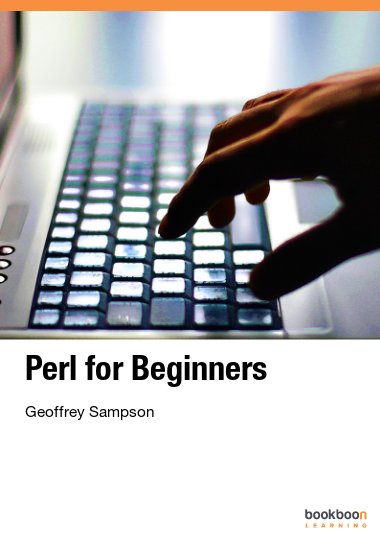Perl is a popular programming language, often mentioned in job adverts. It is heavily used for system admin, and for Web development. And it is fun. Compared with Perl, other languages can feel worthy but tedious.
However, few universities use Perl as a teaching language. Hence the need for a self-instruction textbook, like this one.
Beginners need to focus on the core of the language, bypassing features which are not essential in the early stages. This book does that: it covers all you need to write successful Perl programs, while shielding you from confusing inessentials.

